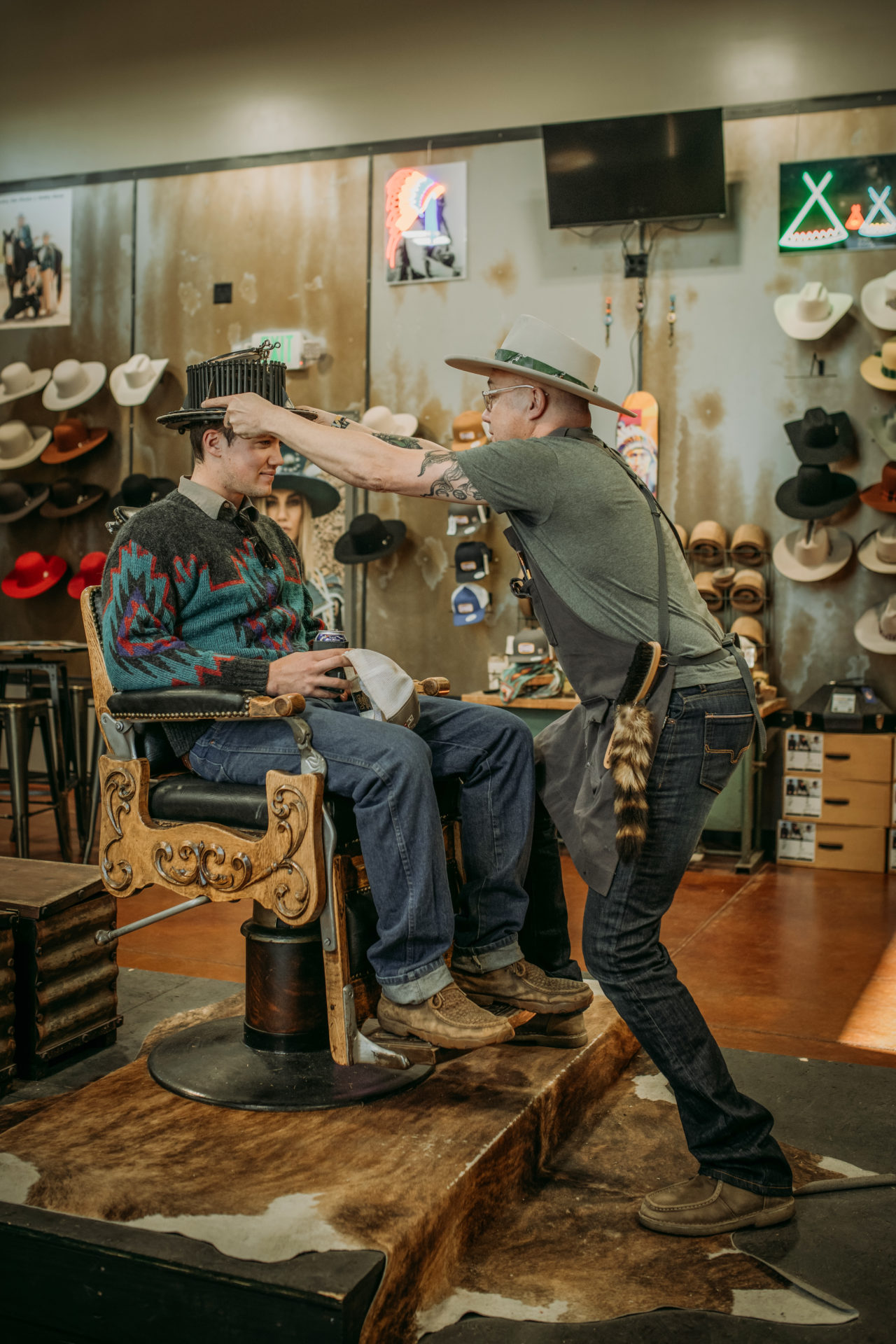Photo above: Reservoir Ridge Natural Area abuts the northern edge of Horsetooth Reservoir.
Natural areas preserve what’s left of NOCO’s vanishing wildness
by Dan England
Even as she sat in the chair with the chemotherapy coursing through her body, Carol Delynko was thinking about her next hike.
She’d already hit the trail in Castlewood Canyon State Park a week after she finished radiation therapy. Now, as she completed her chemo and made it a year, then two, and finally four without a recurrence of her breast cancer, she began hiking every week, then multiple times a week.
The constant activity helped her heal body, mind and spirit. But even in Colorado, it’s impossible to do that much hiking without retracing your steps. “I try to find new places,” Delynko says. So one Friday morning, on a day when the sky rumbled and leaked and flashed warnings, she decided to try a fresh destination: Coyote Ridge Natural Area.
Tucked at the foot of the hogback between Loveland and Fort Collins, the city-owned parcel marked a departure from the state parks, national forests and national parks where Delynko typically hiked. It didn’t have a big gateway sign or a visitor center with a sprawling parking lot. Compared to the better-known and more heavily trafficked destinations nearby – Devil’s Backbone to the south and Horsetooth Mountain to the north – Coyote Ridge hardly registered on the map.
That turned out to be one of its charms. Ambling along with her camera, hoping to photograph some burrowing owls, the 67-year-old Delynko found a measure of solitude and tranquility that’s increasingly scarce on northern Colorado trails. Coyote Ridge’s serenity, its unfamiliar scenery, and the openness of its terrain gave Delynko a sense of discovery – as if she’d stumbled onto a well-kept secret.
Ever since, Delynko’s trips more often than not lead her to Northern Colorado’s natural areas. She seeks them out for their beauty and their variety, enjoys their peacefulness, and savors the chance to explore overlooked nooks and crannies of Colorado tucked away in forests and foothills.
Natural areas dot the NOCO landscape, falling at the margins (and occasionally within the boundaries) of communities such as Fort Collins, Loveland, Longmont, Boulder and Greeley. These preserves have been around for a long time, but you’ve probably never heard of most of them, let alone visited.
They usually offer amenities for hiking, biking and/or wildlife-watching, but a few don’t have any improvements at all – not even a trail. They simply act as buffers, set aside to keep cities apart from each other so NOCO doesn’t start to look like metro Denver. Many provide essential habitat or nesting grounds for wild animals.
Some natural areas (including Coyote Ridge) are managed by local governments. Others belong to and are managed by county or state agencies. All the properties in this loose network serve the same purpose – to preserve a few beautiful, semi-wild spots before they’re overrun by NOCO’s exploding growth.
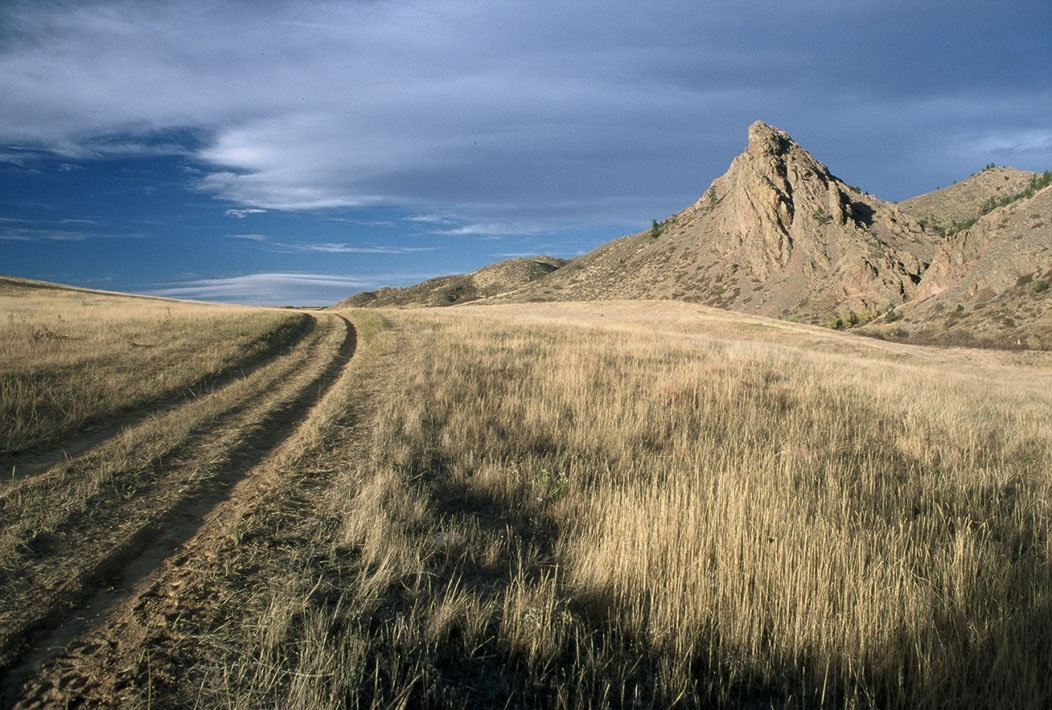
Eagles Nest Open Space offers spectacular wildlife viewing and views of the Laramie Foothills. | Photo courtesy Larimer County
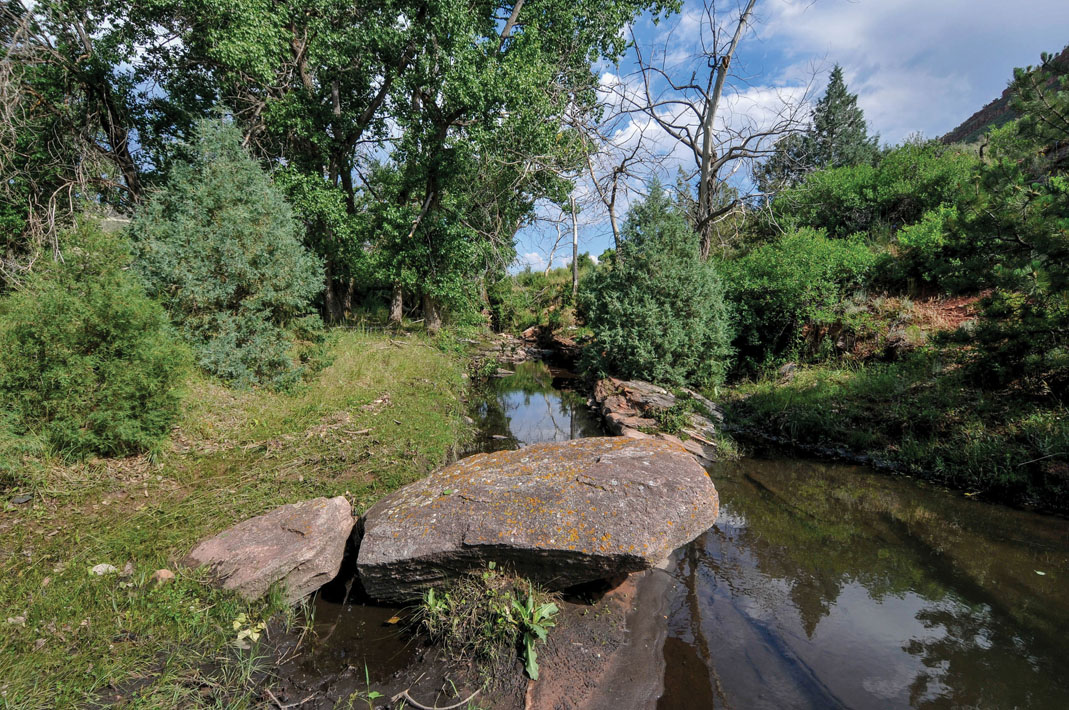
Fort Collins has more than 50 natural areas. | Photo courtesy Larimer County
Fort Collins has the lion’s share of NOCO’s natural areas, with more than 50 in and around the city. But the region’s first site to bear the “natural area” designation lies in Greeley, on the former property of philanthropist and outdoor-enthusiast Josephine Jones.
A Greeley native born in 1900, Jones deeded her house and extensive property to the city upon her death in 1990, with the condition that the land be kept in a pristine state. Though the city created a 1.5-mile walking trail around the area and carved out a section for some bluegrass and playground equipment, most of the parcel remains untouched. Management policies are largely hands-off: When some cereal rye began to crowd out natural grasses on the grounds, the city brought in some cattle to graze it away rather than applying an herbicide.
Jones’ wishes were unusual at the time, but today her commitment to preservation is the standard for natural areas.
“Our mission is conservation first, while providing education and recreational experiences,” says Zoë Shark, public engagement manager for the City of Fort Collins Natural Areas Department, “as compared to a park, where recreation is first, and it’s not as much about preserving natural habitats and features.”
Colorado residents have embraced natural areas as few other states have, even supporting a sales tax that pays for the purchase of new areas. Larimer County and Fort Collins have separate sales taxes to support natural areas, both dating back at least 20 years.
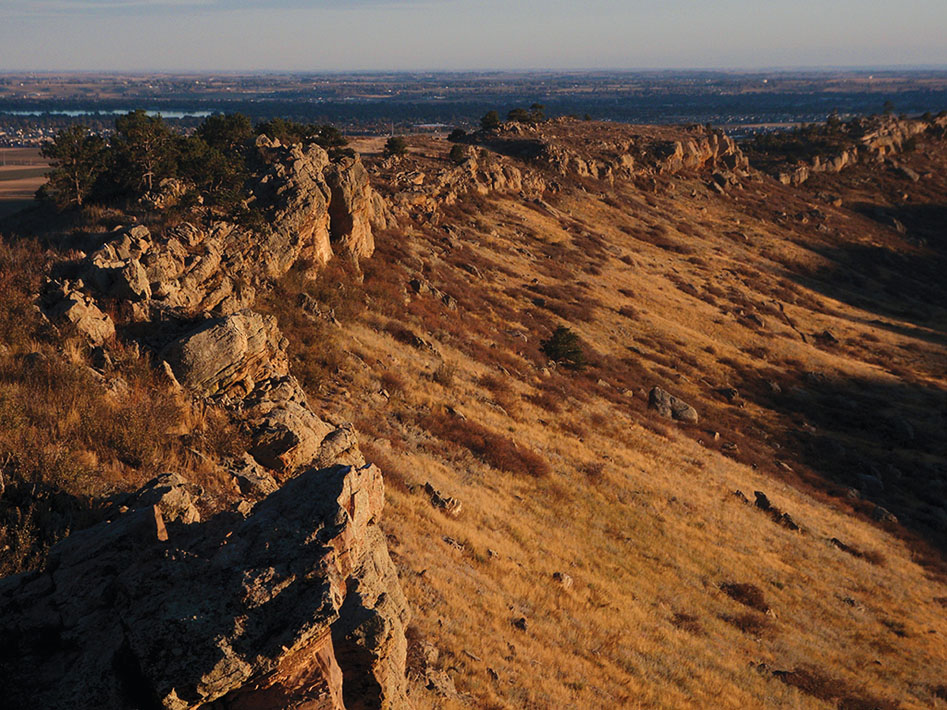
Coyote Ridge rises and falls between Loveland and Fort Collins.
“People taxing themselves for this sort of thing is a very Colorado thing,” Shark says. A few other states have approved sales taxes to support natural-areas programs (including New Mexico and Idaho), but their programs remain less well established than Colorado’s, with fewer sites and less total acreage.
“I think we are pretty exceptional in Colorado for the way we are investing in them,” says David Anderson, director and chief scientist of the Colorado Natural Heritage Program, based at Colorado State University. “That shows how much our communities love them, and it feels like other parts of the country don’t have that appreciation as much.”
Even within NOCO, however, some communities have been quicker than others to set natural areas aside. Greeley, for example, only recently established its Natural Areas and Trails program, and its residents so far have declined to approve a dedicated revenue stream to support it.
“I hear, ‘Why would I pay for that?’” says Justin Scharton, the city’s superintendent of natural areas. “‘Why do I care?’ I’ve heard that a lot. I do think that’s a challenge at times.”
To help establish the program’s value, Scharton and the city have adopted a hybrid model that combines natural features with more traditional park amenities, such as playgrounds. While he acknowledges that the approach differs from the conservation-first doctrine that guides other natural-area programs, Scharton views it as a good fit for Greeley and a step toward a more preservation-oriented system.
“Most people feel comfortable in a park,” he says. “If we dump them in a wilderness area, that won’t be a positive experience for them. But the idea is once they are in a park, the opportunity to connect with open spaces is there, and that leads to more and more integration. It’s a fantastic way to get kids into nature.”
When Nature Calls
For real-time information (including webcams) about trail
conditions and crowds at Fort Collins’ natural areas, check
www.fcgov.com/naturalareas.status.php. You can also find
them on Facebook or Twitter, @FCNaturalAreas.
Other good resources include:
- www.NoCoTrailReport.org
- https://greeleygov.com/activities/natural-areas
- www.cityofloveland.org/departments/parks-recreation/open-lands-natural-areas
- www.larimer.org/naturalresources
No matter what type of outdoor experience you’re seeking, there’s probably a NOCO natural area for you:
Hiking
Devil’s Backbone, Loveland
Coyote Ridge, Fort Collins
For the kids
Josephine Jones Park, Greeley
Horsetooth Falls, Fort Collins
Mountain biking / trail running
Blue Sky Trailhead, Fort Collins
Bobcat Ridge Natural Area, Loveland
Signature Bluffs Natural Area, Greeley
Wildlife watching
Hermit Park Open Space, Fort Collins
Fossil Creek Reservoir, Windsor
Morey Wildlife Reserve, Loveland
Solitude
Eagle’s Nest Open Space, Fort Collins
Red Mountain Open Space, Fort Collins
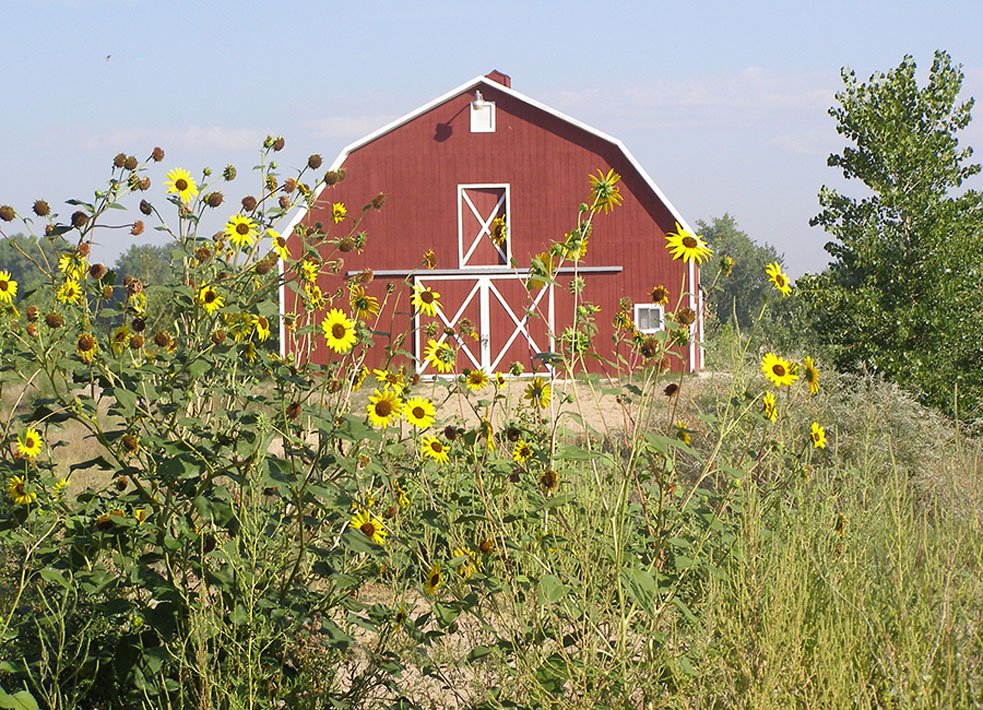
“I think we are pretty exceptional in Colorado for the way we are investing in them,” says David Anderson, director and chief scientist of the Colorado Natural Heritage Program, based at Colorado State University. “That shows how much our communities love them, and it feels like other parts of the country don’t have that appreciation as much.”
Scharton wants to plant native flowers in the parks to attract birds, honeybees and other pollinators. He’s been partnering with Anderson’s organization at CSU to help the city establish more natural areas and make them beneficial for wildlife as well as residents. Scharton even believes in asking oil and gas, the industry currently powering most of Greeley’s economy, to partner with the city to develop a few new areas.
“It feels like communities have come around to seeing that this isn’t a political agenda,” says Anderson, who notes that natural areas increase real estate values and attract companies seeking to locate in communities with a high quality of life. “This is how we help our citizens live longer. This is how we make a city healthy.”
“There are some amazing conservation opportunities in Greeley,” Scharton says. “We do have the Poudre Trail and other areas, and that’s not a classic natural area, but there’s a connection to the outdoors there, and that’s the foundation. Is that good enough? For me, no. But we will keep working on it.”
The program directors of natural areas often talk about the importance of balancing recreation and conservation, with the latter usually taking priority – at least in theory. But when you’re trying to find a parking spot to hike the Horsetooth Rock Trail on a Saturday morning, it’s not hard to see which way the teeter totters.
“That’s the challenge of all land conservation organizations,” Shark says. “There’s some areas that are nearing capacity. We have full parking lots on the weekends, and people are getting turned away. But that’s not unique to us.”
In fairness, even Horsetooth – the busiest of Larimer County’s natural areas – doesn’t see nearly as much traffic as more famous destinations such as Rocky Mountain National Park. You’ll rarely see crowds at most natural areas during the week. Their heaviest use occurs between 9 a.m. and 3 p.m. on nice weekend days, and many natural areas are relatively uncrowded even then. But even a modest stream of visitors can threaten the conservation mission, which Shark describes as the system’s number-one priority.
“We know we need trails, but how can we be smart about it and not take away all the space we need to conserve wildlife?” Anderson asks. “Our state is struggling with this mightily. When we go to those places, we don’t feel that we are having an impact, but there are a lot of studies that show we do. You may not see the wildlife, but that’s because you’ve scared them away.”
Those who want to see fewer people and more animals can always choose a less popular destination. For example, the remote Red Mountain Natural Area logged only 21,000 visitor days last year, about a tenth as many as Horsetooth Mountain. But it takes nearly an hour to drive there from Fort Collins, and almost two hours from Greeley. That makes it a tough sell for people who just want to go for a short hike after work.
“I would say people generally go to convenient places,” says Teddy Parker-Renga of Larimer County Natural Resources. “We like to think we can get everyone dispersed, but if you can get 10 people to not go to Horsetooth Mountain on the weekend, you’ll get 10 others to go to it.”
One solution is simply to take hikers and bikers out of the equation entirely. In Boulder County, for example, about one-fourth of the acreage in the natural-areas program is closed to the public. It exists solely to provide undisturbed habitat for plant and animal species that have been crowded out elsewhere along the Front Range. But Anderson doesn’t think natural areas have to take an either-or approach.
“We just have to plan it out well,” he says. “We can identify habitat that’s valuable for wildlife and plants, and we can map them and help support the development of a network that avoids those.”
That will require not only thoughtful management by local leaders, but also conscientious stewardship on the part of those who visit natural areas.
“We have awesome nature here,” Anderson says. “That’s why everybody is moving to Colorado. I think we all have to start thinking more holistically.”



